The Leopard: Master of Silent Stalking

Leopards are the ultimate solo hunters, moving through the night like ghosts with spots. These incredible cats can drag prey twice their body weight straight up a tree, which is like you lifting a small car above your head! Their hunting success rate reaches an impressive 38%, making them one of the most efficient predators on the planet.
What makes leopards truly special is their adaptability. They thrive everywhere from African savannas to Asian rainforests, always choosing to hunt alone. Unlike their social cousins, leopards have perfected the art of the ambush, waiting patiently for hours before striking with lightning speed.
The Tiger: Solitary Apex Predator
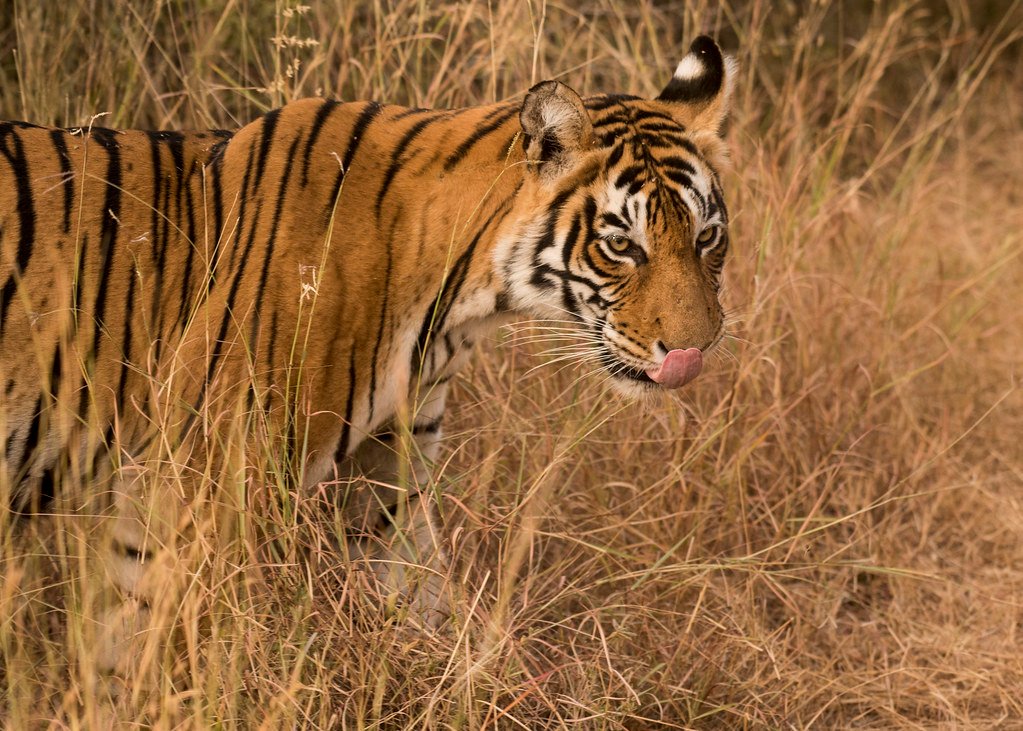
Tigers are the largest cats in the world, and they absolutely prefer the lone wolf lifestyle. A single tiger can take down prey as massive as a water buffalo, using stealth and raw power that would make any action hero jealous. These striped giants have territories that can span up to 400 square miles, and they patrol every inch of it solo.
The fascinating thing about tigers is how they’ve evolved to be perfect solitary machines. Their distinctive stripes aren’t just for show – they break up their outline in tall grass, making them nearly invisible to unsuspecting prey. Each tiger’s stripe pattern is as unique as a human fingerprint.
The Jaguar: South America’s Powerhouse
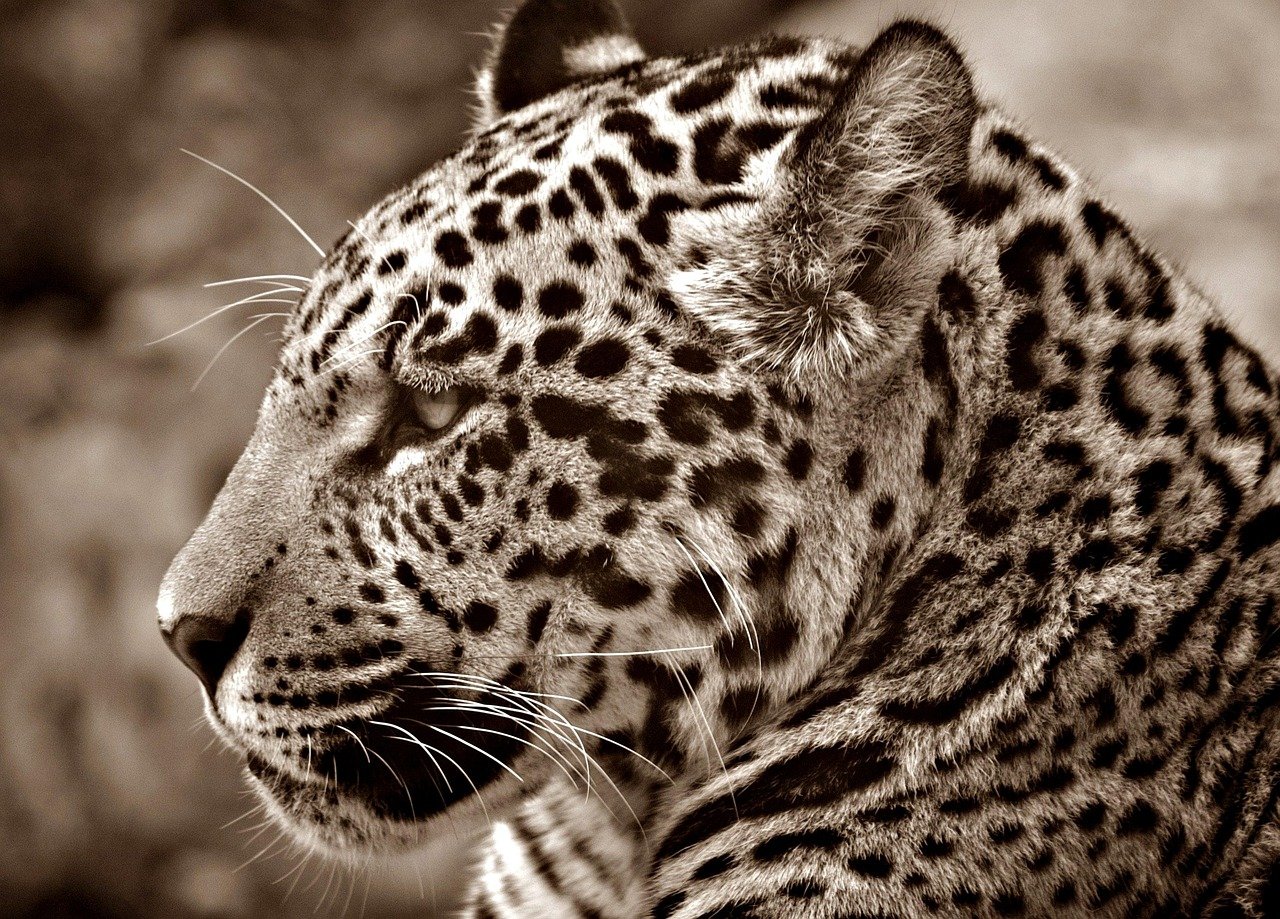
Jaguars pack more punch per pound than any other big cat, with a bite force that can crush turtle shells and caiman skulls like they’re made of paper. These muscular cats are the third-largest in the world, but they hunt completely alone in the dense Amazon rainforest. Unlike other big cats that go for the throat, jaguars deliver a killing bite directly to the skull.
What sets jaguars apart is their love of water – they’re actually excellent swimmers who hunt fish, caimans, and even anacondas in rivers. This aquatic hunting style is something most other big cats would never dream of attempting, making jaguars true one-of-a-kind predators.
The Snow Leopard: Ghost of the Mountains
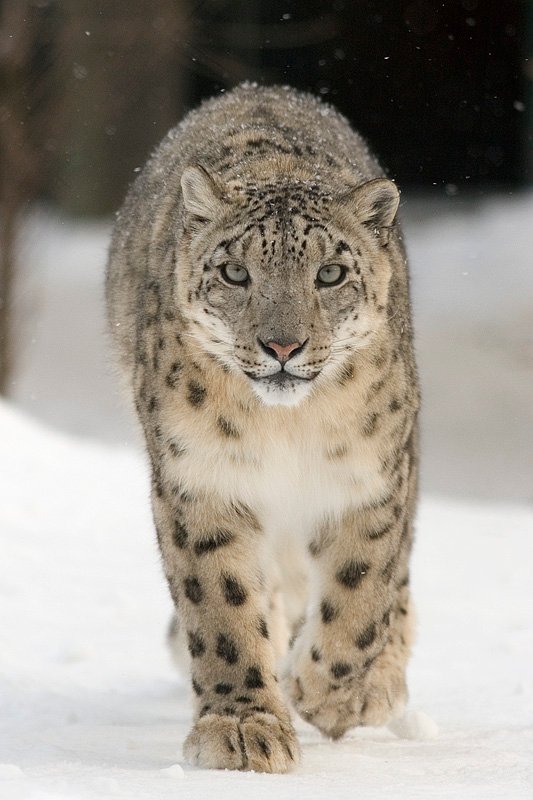
Snow leopards are the most elusive big cats on Earth, perfectly adapted for life in the harsh mountain ranges of Central Asia. These incredible hunters can leap 50 feet in a single bound, using their massive paws as natural snowshoes. Their thick fur and long tail help them balance on rocky cliffs that would terrify most animals.
The solitary nature of snow leopards is partly due to their extreme habitat – there simply isn’t enough prey to support groups. These cats have territories that can stretch across hundreds of square miles, and they might not encounter another snow leopard for months. Their hunting strategy involves patience and precision, waiting for the perfect moment to ambush prey on treacherous mountain slopes.
The Cougar: North America’s Silent Shadow

Cougars, also known as mountain lions or pumas, are the ultimate generalists of the big cat world. They can survive in deserts, forests, mountains, and even suburban areas, always choosing to hunt alone. These cats have the largest range of any wild land animal in the Western Hemisphere, from Canada to Chile.
What makes cougars exceptional hunters is their incredible stealth and jumping ability. They can leap 18 feet vertically and 45 feet horizontally, making them living springs of destruction. Cougars are also completely silent when they move, earning them the nickname “ghost cats” among wildlife enthusiasts.
The Eurasian Lynx: Europe’s Stealthy Hunter
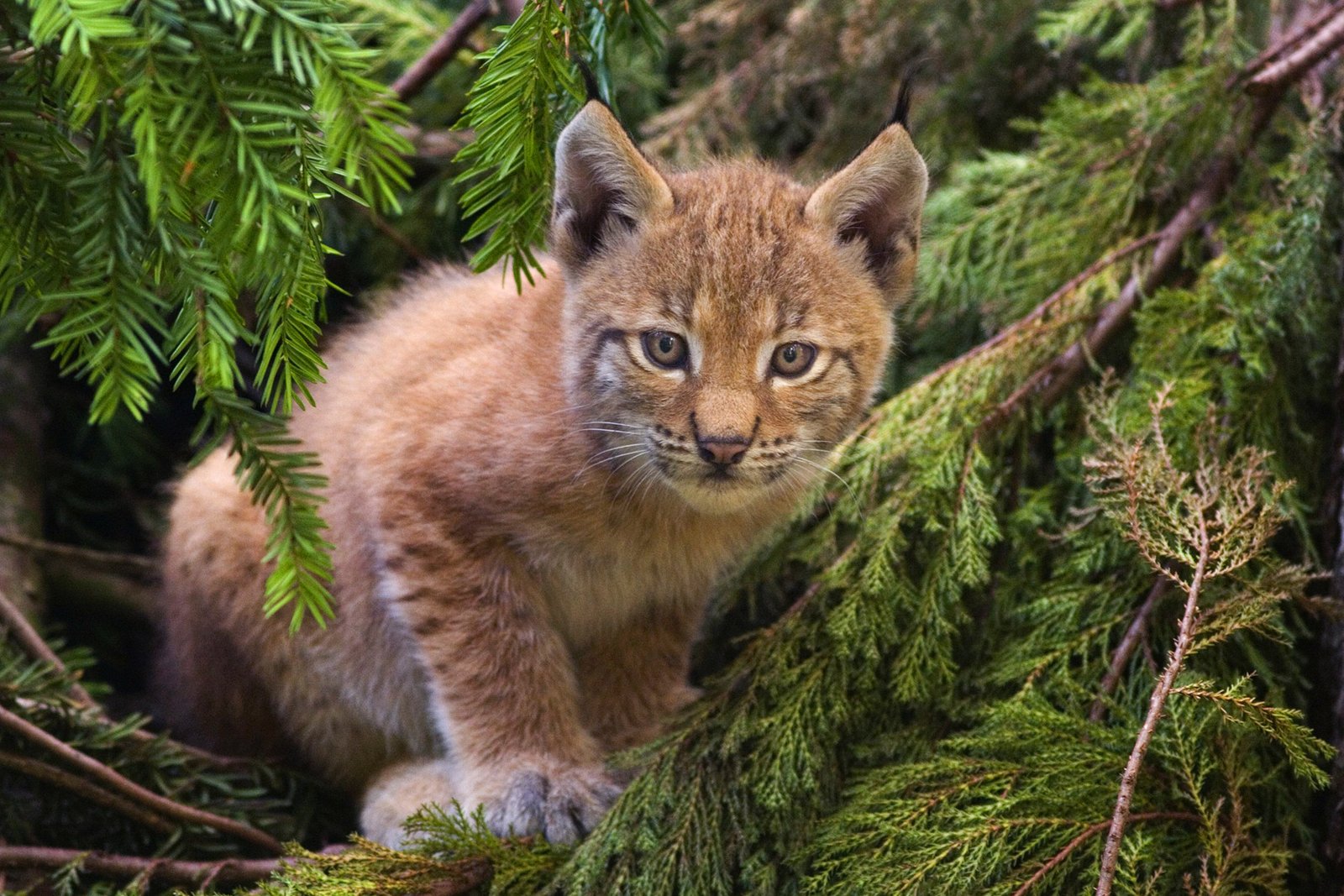
The Eurasian lynx is the largest lynx species and a master of solitary hunting in European and Asian forests. These cats have enormous paws that work like natural snowshoes, allowing them to move silently through deep snow while hunting. Their distinctive ear tufts aren’t just decorative – they actually help amplify sound, giving them superhuman hearing abilities.
Lynx are incredibly patient hunters who can sit motionless for hours, waiting for the perfect opportunity to strike. They primarily hunt alone at dawn and dusk, using their exceptional eyesight that’s six times better than humans. A single lynx can take down prey as large as a deer, despite weighing only about 60 pounds.
The Clouded Leopard: Tree-Dwelling Acrobat
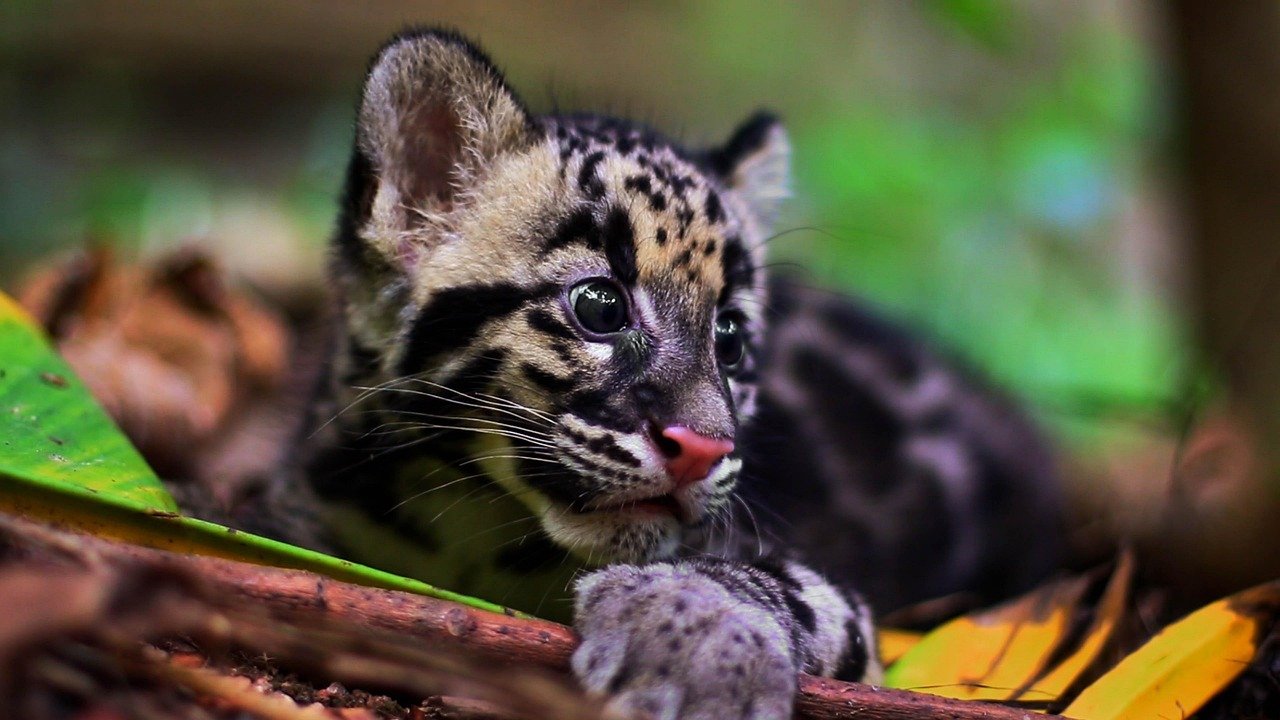
Clouded leopards are the acrobats of the big cat world, spending most of their lives high in the forest canopy. These mysterious cats have the longest canine teeth relative to body size of any living cat species, earning them the nickname “modern-day saber-tooth cats.” They’re so well-adapted to tree life that they can climb down headfirst, something most cats can’t do.
The solitary nature of clouded leopards is perfectly suited to their arboreal lifestyle. They hunt alone in the treetops of Southeast Asian rainforests, using their incredible balance and strength to catch monkeys, birds, and other tree-dwelling prey. Their beautiful cloud-like markings provide perfect camouflage among dappled sunlight and shadows.
The Ocelot: Small Cat, Big Personality

Ocelots might be smaller than other big cats, but they’re fierce solo hunters with attitude to spare. These beautiful spotted cats are incredibly territorial, with males defending areas up to 35 square miles all by themselves. What’s amazing is that ocelots have such good night vision they can see in light six times dimmer than what humans need.
Despite their size, ocelots are incredibly versatile hunters who can climb trees, swim across rivers, and even hunt in water. They prefer to hunt alone during the night, using stealth and precision rather than brute force. Each ocelot has a unique spot pattern, making them as individual as snowflakes in the wild cat world.
Why These Cats Choose the Solo Life

The choice to hunt alone isn’t just a personality trait – it’s a survival strategy millions of years in the making. Most big cats are ambush predators, and coordinating group attacks would actually make them less effective hunters. Stealth is their superpower, and nothing kills stealth quite like having to coordinate with other cats.
Territory and resources also play a huge role in this lifestyle choice. In most habitats, there simply isn’t enough prey to support groups of large predators. By hunting alone, these cats can maintain larger territories and reduce competition for food. It’s like having your own private hunting ground instead of sharing a crowded cafeteria.
The Art of Solitary Survival
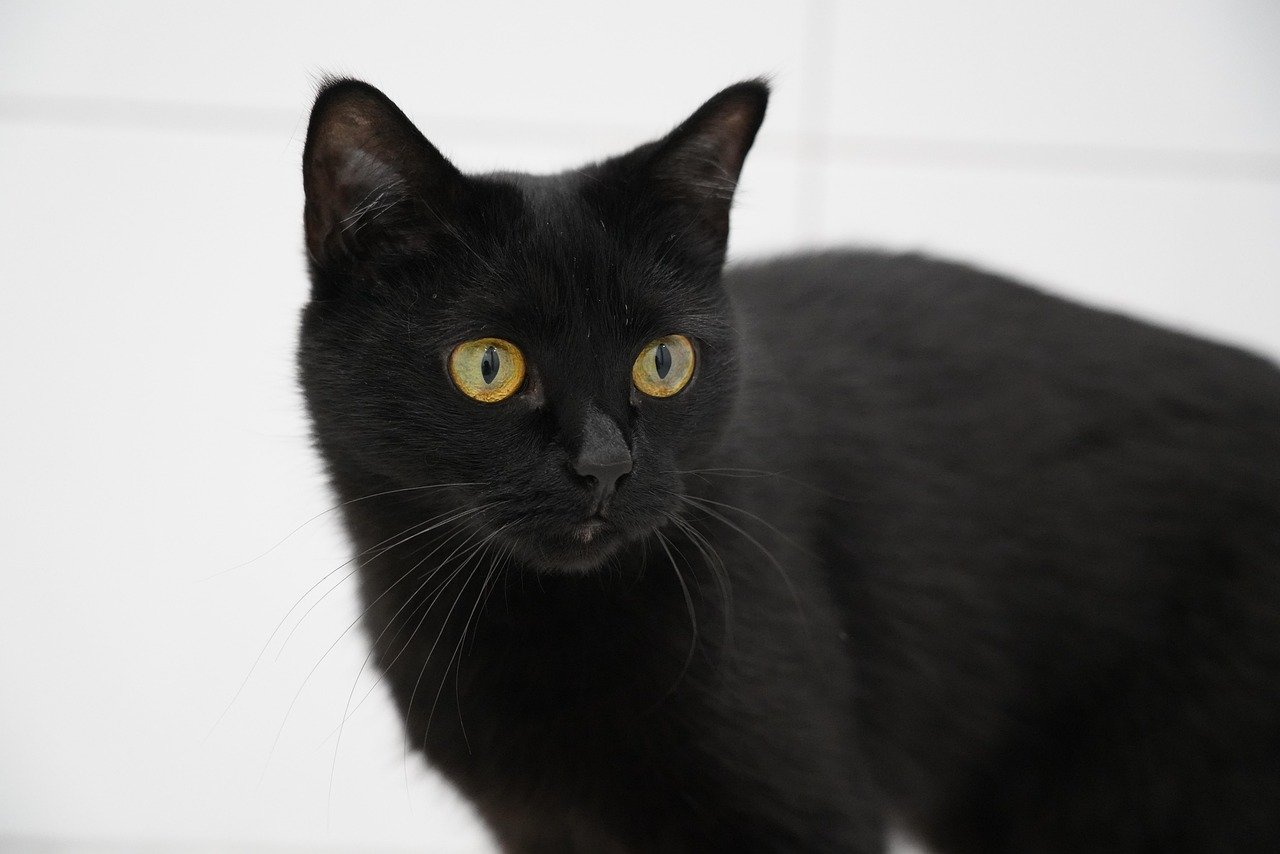
Living and hunting alone requires a completely different skill set than pack hunting. These cats have developed incredible patience, stealth, and precision that would make any ninja jealous. They can’t rely on backup or group strategies, so every hunt must be perfectly executed or they go hungry.
The mental toughness required for solitary living is extraordinary. These cats must be self-reliant in every aspect of survival – finding food, defending territory, avoiding danger, and raising young all by themselves. It’s like being a one-person army in the animal kingdom, and these magnificent cats have mastered it completely.
Conclusion: Masters of Independence
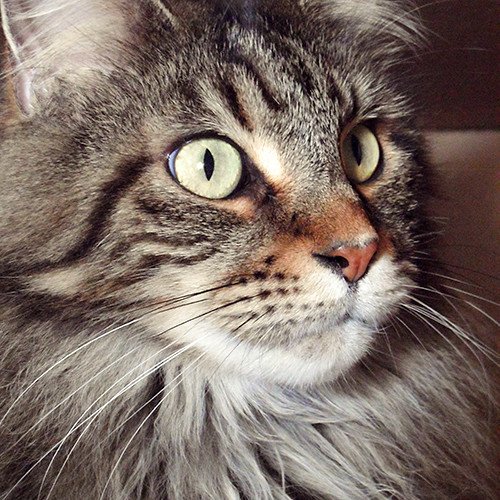
These eight big cats prove that sometimes the most powerful hunters are the ones who choose to go it alone. From the tree-leaping snow leopards to the water-loving jaguars, each species has perfected the art of solitary hunting in their own unique way. Their independence isn’t a weakness – it’s their greatest strength, allowing them to be the ultimate predators in their respective environments.
The next time you see a house cat stalking a toy mouse with intense focus, remember that they’re channeling millions of years of solitary hunting evolution. These magnificent wild cats remind us that sometimes the most extraordinary achievements come from those brave enough to forge their own path.
Which of these solitary hunters surprised you the most with their incredible abilities?
Hi, I’m Bola, a passionate writer and creative strategist with a knack for crafting compelling content that educates, inspires, and connects. Over the years, I’ve honed my skills across various writing fields, including content creation, copywriting, online course development, and video scriptwriting.
When I’m not at my desk, you’ll find me exploring new ideas, reading books, or brainstorming creative ways to solve challenges. I believe that words have the power to transform, and I’m here to help you leverage that power for success.
Thanks for stopping by, Keep coming to this website to checkout new articles form me. You’d always love it!






